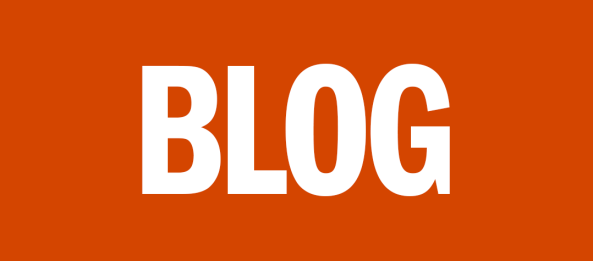Journalism was either praised or criticized by many during the 2016 Presidential election. During this week’s class, we were asked what grade (A through F) would we give journalism during the 2016 presidential election race. I found it interesting that each of us graded differently, but majority were in the B to D range. Many of us shared the same points and reasons why we placed journalism in the “below average” category.
Read: How the 2016 campaign changed political journalism by Kristen Hare and Alexios Mantzarlis to see what 20 journalists graded the election coverage, as well as advice for the future.
First, many agreed the night of the election coverage was off. I stayed up for the entire thing, flipping through a few different mainstream news channels, and all had different results. I actually noticed that Google had the most accurate results in terms of electoral votes coming in, and then Fox News was the second most precise (from my experience). This shouldn’t be the case – we should be able to see realtime results on all stations.
Second, a lot of the election mainly focused on now President Donald Trump. While he certainly put himself out there to gain the attention of voters and mass media, I think that journalists could have done a better job of highlighting the other candidates more. I felt that the whole election was full of attacks rather than the good of each candidate.
Third, all of the news headlines have become more about what small point in that article or news coverage captures a person’s attention, rather than what the story as a whole is about. I noticed a lot of news stories shared on social media would have a crazy headline, usually attacking Trump or another candidate, and then you open the story and it’s all about another issue, with one or two sentences about that headline. The changing of headlines can be the journalist skewing what the person said or did to make a story interesting. As someone said in class, it’s like all the headlines these days are for tabloids. (I also found Column: Why click-bait will be the death of journalism by Jeffrey Dvorkin to be an interesting article!)
One final point I’ll make is that numerous mainstream news channels have turned their morning and other shows into talk shows, criticizing other journalists during them. It’s almost like a battle of the news stations – who can sound more truthful or more journalistic?
I’m sure we will continue to see changes in journalism in elections as the Internet keeps evolving. What would you grade journalism during the 2016 election?
